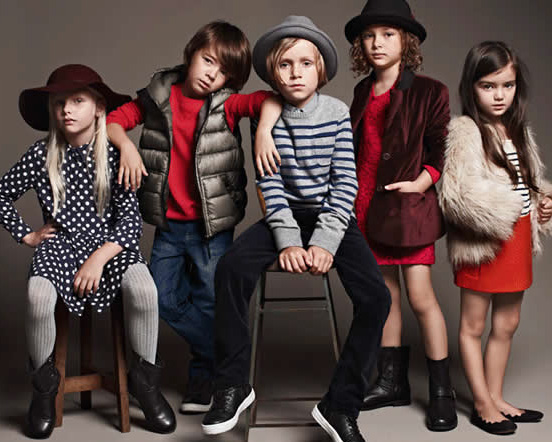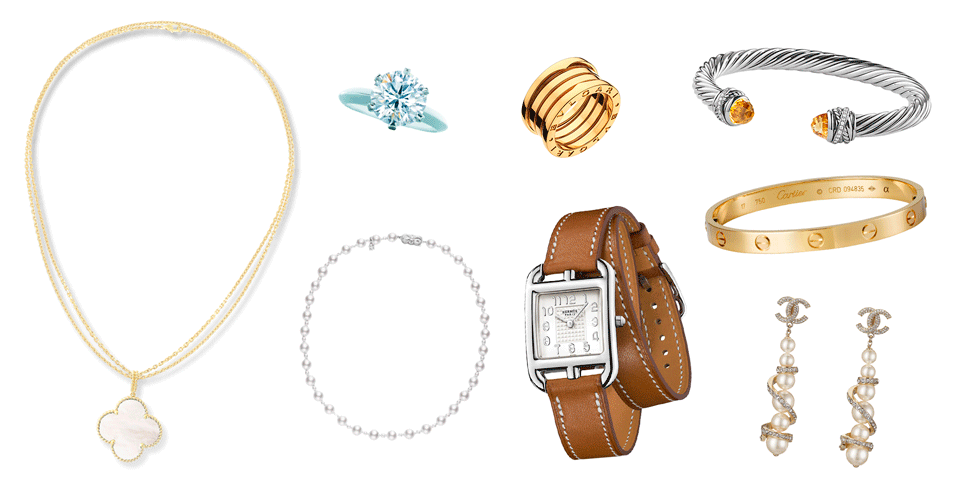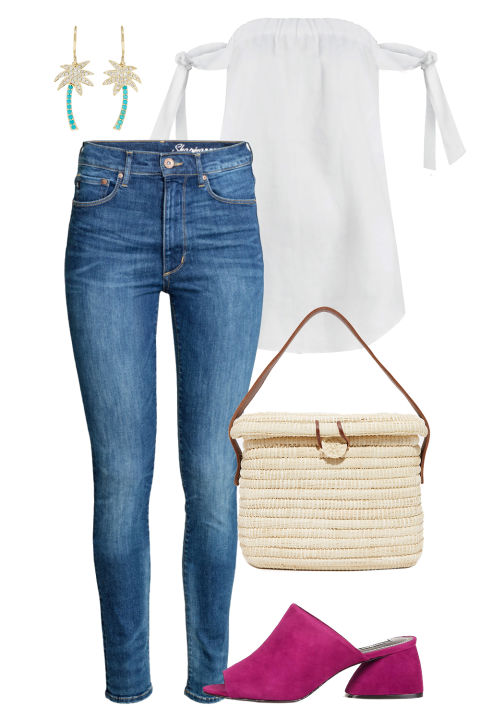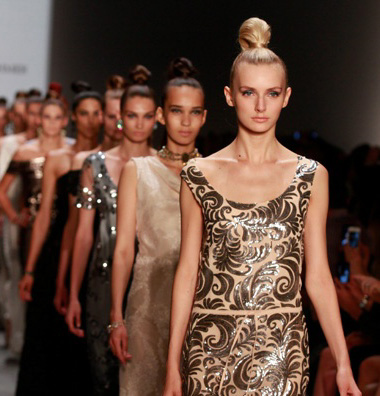Street Style for Kids
By Sweta Kumari . 30 Jun 2017

A cursory glance at the fashion statement of celebrity kids tells you that street fashion is here to stay even among this age group, says Sweta Kumari.
One look at photographs of Harper Beckham, Suri Cruise or Dannielynn Birkhead who modelled for Guess and you know that street fashion is not a passing fad. Children, as much as youth, breathe it.
Street style for kids is big business today. Funky, quirky and jazzed up with glamour accessories team up with the carefully casual look for girls and boys.
Street style has always been there. It is only since the mid-1950s that its importance has been recognised, appreciated and emulated. Street fashion is considered to have emerged not from studios, but from the grassroots. It is generally linked with youth culture, and is often seen in major urban centres even though smaller towns have their own smaller hubs.
Theories about origin of street fashion
The Trickle Up Theory involves innovation or a picky style that begins on the streets, worn by lower income groups. It is picked up by designers and projected to upper class spheres which purchase the designs.
A typical example of this is the T-shirt. From a modest start, the Tee has turned into an emblem of global fashion. It has become not just a fashion and cultural icon, but a message board where people can express their feelings in the form of slogans, symbols and logos. Messages focus on the wider audience of popular culture, or are directed at subcultures, politics, economics, social issues and more.
Most major youth subcultures have had been associated with street fashion adopted by today's kids who are not only stylish, but decide their style. Despite naysayers, children have become a cult classic with the tag of cool city kid.









